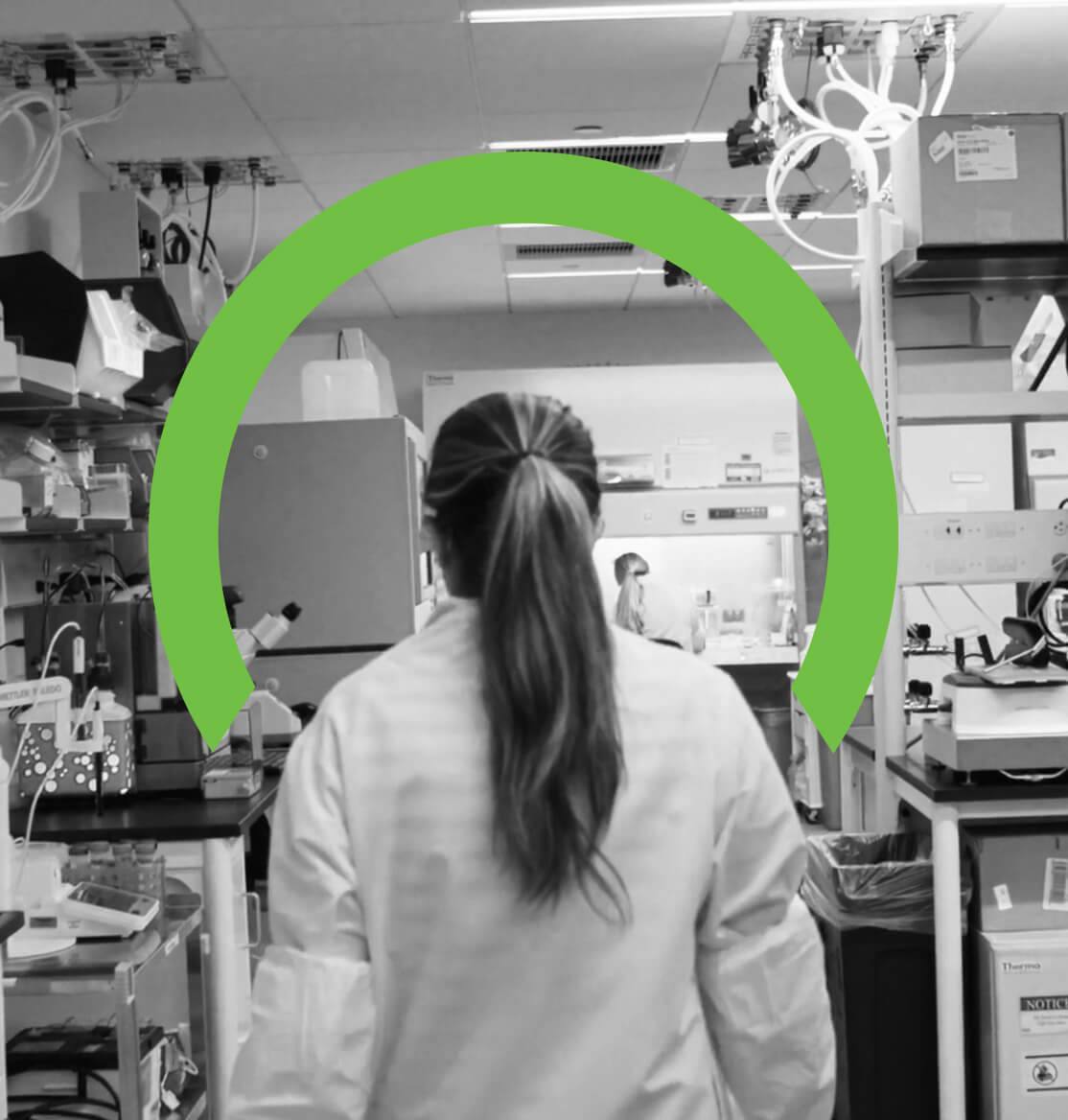ElevateBio’s Lentiviral Vector Platform: Right the first time



Lentivirus is a commonly used viral vector for delivering genes to cells, both directly in vivo and ex vivo, for engineering cells prior to infusion back into patients. Over the past twenty years, lentiviral vectors (LVVs) have been extensively optimized to improve their functional and safety features.
Building on these advances, ElevateBio has recently developed an LVV manufacturing platform, which we now offer to strategic partners through our BaseCamp facility. Compared with other available options, our platform is differentiated along two key dimensions.
The first dimension encompasses our platform's technological capabilities and adaptability, which allows us to take solution-based approaches for producing LVV at volumes and purities that meet our partners' needs at any stage of product development. The second encompasses holistic, end-to-end support for our LVV products, which is rooted in our team's extensive collective experience from construct design to GMP manufacturing, and connected to ElevateBio's other core technologies in the same facility.
Both dimensions enable our strategic partners to accelerate their development timelines, better manage costs, and, above all, transform their product development and potential for clinical success so that life-changing medicines reach the patients that need them. In addition, we have teams that offer core services to make viruses at the research level for partners, using a scaled-down platform, which provides consistency early in development and can also enable acceleration of timelines. Let's look at these two dimensions of our LVV platform and the advantages they offer.
Going straight to suspension from the start
First and foremost, our platform produces LVV utilizing a suspension-based process, where cells are grown in 3D culture systems, instead of an adherent-based process, in which cells are grown in a 2D monolayer culture attached to a surface. Our exclusive reliance on suspension allows for process scale-up and more streamlined transitions between stages of development that an adherent process does not.
Because Phase 1 programs do not typically require large amounts of LVV, most CDMOs and academic centers that provide vectors for Phase 1 trials use an adherent process. Still, there are a number of drawbacks associated with adherent processes. One is that adherent cells typically require culture media supplementation with fetal bovine serum (FBS), which carries unnecessary safety risks and adds complexity to downstream operations. Another is that adherent processes using static vessels can only be scaled out (as opposed to scaled up) by increasing the number of vessels, which results in laborious and inconsistent manufacturing processes. Despite these drawbacks, adherent-based processes are technically simpler and require lower capital investment in laboratory equipment, and for these reasons, Phase 1 trials typically use an adherent process to produce LVV.
However, many products require suspension to produce vector quantities sufficient for later development stages, which creates potential stumbling blocks. When a company switches from an adherent to a suspension process midway through clinical development, it must demonstrate the adherent process used to generate the earlier IND-related product is comparable to the suspension process used to generate product for pivotal trials. Switching processes costs time and money; moreover, if comparability between the two processes cannot be demonstrated, the company may have to repeat the earlier clinical trials using the suspension-generated product, costing even more time and money.
Our vector team thoroughly understands the drawbacks of navigating this switch, particularly for accelerated clinical development pathways where CMC timelines are critical. This is why we were determined to build an LVV platform that utilized suspension across the board. We can produce LVV at whatever scale and purity is appropriate to the phase of development and the type of gene therapy for which the LVV is used (in vivo or ex vivo) to de-risk vector production for our partners and save them time and money later -- if early-stage clinical trials prove successful. Additionally, we can offer research viruses at scales from one to 10 liters, using a representative scale-down model of the GMP process.
A second advantage is the capacity of our facility. Most companies have to reserve capacity with a supplier a year or more in advance, introducing long wait times that impede product development. With two GMP production suites for LVV now available, ElevateBio currently doesn't have these bottlenecks. While that availability could change as our capacity fills, we plan to grow and add additional capacity according to the needs of our partners, so that they can accelerate their product development relative to competitors.
Our platform is also completely customizable to the partner's needs. While our platform has established processes for LVV production, we are not restricted to using them. If a partner has already developed their own process or wishes to create a custom process for their specific needs, we can rapidly transfer their process or build on our platform to establish a process that meets our partner's requirements due to our extensive in-house LVV process development expertise.
Our platform is geared towards anticipating and meeting the partner's exact needs, wherever they may be in product development.
Unrivaled end-to-end support
Our LVV platform's technological features are complemented by the holistic, end-to-end support our team provides for LVV-based products. We can help a partner develop a therapeutic product from idea and IND to regulatory submission and GMP manufacturing.
This seamless integration, which other providers cannot offer, is possible because our LVV platform and team don't operate in isolation from the rest of the ElevateBio organization. Both are closely connected to ElevateBio's other core technologies and expertise, such as assay development, cell therapy development, and vector engineering for LVV construct design.
For example, we can assess the impact of process parameters on downstream development by testing the LVV potency in target cells, such as T cells or hematopoietic stem cells (HSCs), and looking at whether a given parameter alters the final product quality and potency. We can also develop vector potency assays in the early stages of development to better understand the product and process and, ultimately, help accelerate product development timelines. These capabilities de-risk development by alerting us to PD changes that will adversely affect the product's critical quality attributes (CQAs), so that we can avoid those changes later and by assuring the partner that our vector itself is fully compatible with their final product.
Our end-to-end support spares our partners from the "piecemeal" approach of switching vendors at each stage of development. We also save them from having to develop a process in-house for one stage, only to discover that process does not translate to the next stage of development.
ElevateBio knows that delivering end-to-end support means balancing the science and the business. From a scientific perspective, we know that investing time and money upfront – for example, in developing the scalable suspension process for LVV production – can save much more of both down the line. From a business perspective, we understand the need to keep development moving ahead: if timelines slip by even a quarter, market opportunities could be missed. By striking the right balance between the value of the science and the needs of the business, we set up each partner's product for potential success in the clinic.
Elevating the endgame
All of the foregoing shows ElevateBio bears no resemblance to a traditional CDMO. Instead of working with a host of customers, we work with a selection of strategic partners for whom we can utilize our expertise to further their development and drive their value, just as if they were our own company. For them, it's like joining a country club: our partners gain access to our expertise and facilities, and they get our full attention every step of the way. Our "white glove" approach translates into the value-adds of lower development risks, accelerated development timelines, and better product quality for our partners.
Most importantly, we have the experience to help partners get it "right the first time," – which means understanding the endgame that is essential for success. Our whole organization is structured with this endgame in mind. Many ElevateBio team members have been working in the gene therapy space since its earliest days, and collectively we have expertise across the entire life cycle of product development.
Additionally, our core technologies for vectors, cell therapies, gene therapies, and gene editing are under one roof at ElevateBio, which houses facilities built to support R&D, PD, and GMP manufacturing. The combination of these elements within one organization is a tremendous asset for our strategic partners and us because they don't have to outsource any part of their development process.
Ultimately, our unique combination of facilities and experience greatly benefits patients. We are rewarded by being part of today's revolution in medicines that can give patients a cure and give families more time with their loved ones. The production of LVVs and the therapies that utilize them isn't just our job; it's our passion.